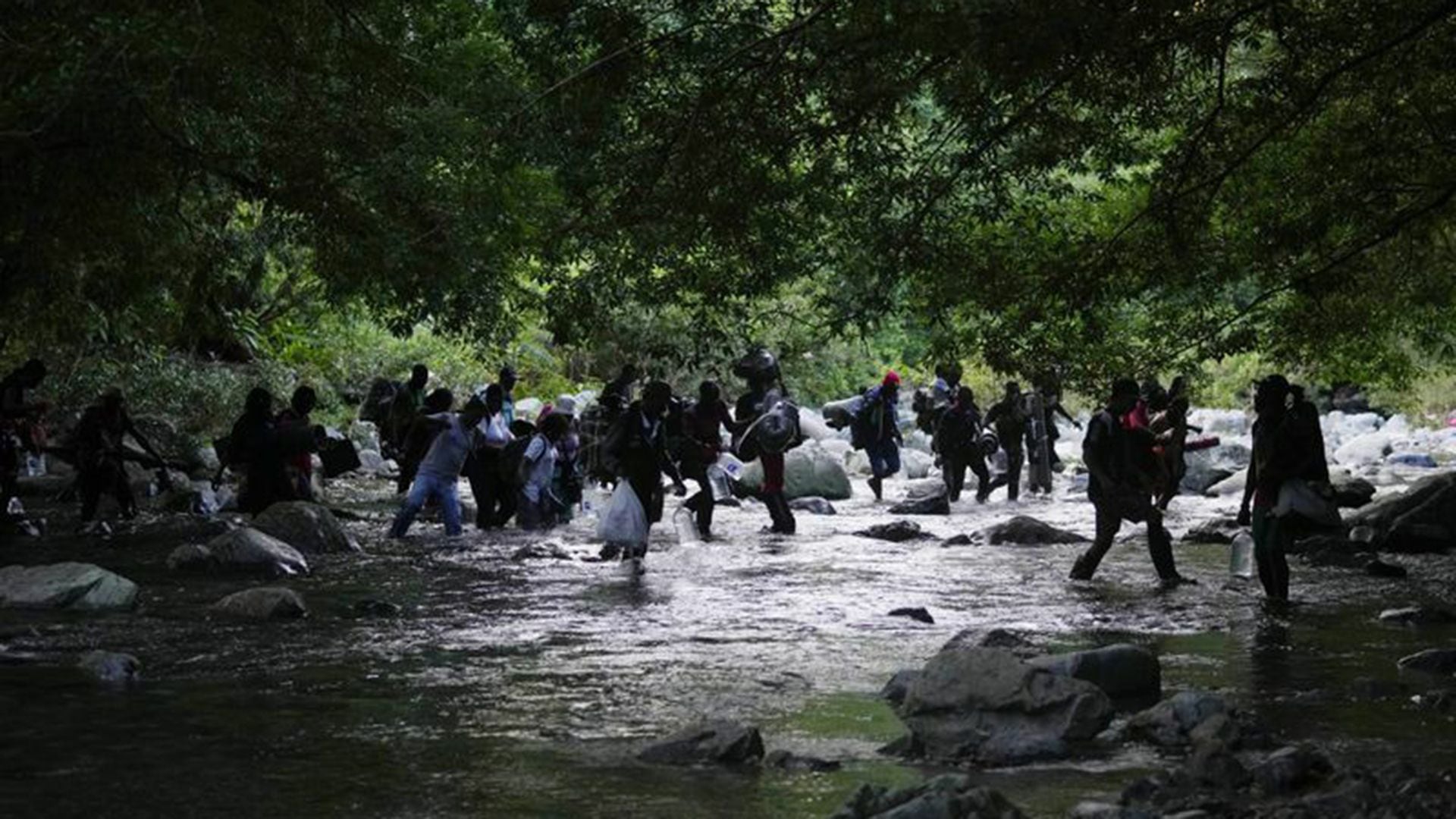
The United Nations Refugee Agency (UNHCR) and the International Organization for Migration (IOM) warned of the notorious increase in Venezuelan migrants crossing the Darién Gap region, a jungle area that separates Colombia from Panama, as they flee to Central America.
Both organizations have agreed on the “growing number” of Venezuelan citizens who resort to “dangerous crossings” through this area in search of “security and stability,” the IOM details in a statement.
UNHCR and IOM have highlighted that this increase occurs despite the socio-economic impact, caused in part by the coronavirus pandemic, that Venezuelans are facing in host countries in Latin America and the Caribbean.
According to Panamanian authorities, in the first months of 2022 some 2,500 people crossed the Darién Gap, a figure that almost reaches the total figure recorded last year, when 2,819 people were confirmed in transit. In fact, the figure today is three times that recorded in the same period last year.
The organizations have reiterated that the aforementioned jungle area is one of the “most dangerous refugee and migrant routes in the world”, and where crossings can be delayed for up to ten days or more for the most vulnerable, who are exposed to natural hazards as well as criminal groups.
After the hard journey, migrants arrive in remote indigenous communities, “hungry, dehydrated, exhausted and in need of medical care.” This is why both organizations have valued the efforts of the Government of Panama and have reiterated their own commitment to help the authorities “ensure access to aid and protection for all those in need, including host communities.”

“Refugees and migrants of various nationalities have been crossing the Darién Gap for years. However, 2021 set a record. Some 133,000 people made the trip last year,” said IOM, which recognizes that the majority are Haitian citizens from Chile and Brazil, followed by Cubans, Venezuelans and citizens from countries far away from the area such as Angola, Bangladesh, Ghana, Uzbekistan and Senegal.
In response to the growing influx of migrants, both organizations are intensifying the response in Panama, providing temporary shelters, mattresses, blankets, sunlamps and hygiene kits, among others, and continuing to coordinate with government institutions throughout the region to ensure access to asylum and other regularization programs.
At this point, IOM and UNHCR have called for increased support and investment in host communities to strengthen services that benefit both refugees and migrants and the local population themselves.
“There are more than six million refugees and migrants from Venezuela around the world. The vast majority, almost five million, reside in Latin America and the Caribbean,” IOM concluded in its statement.
(With information from Europa Press)
Keep reading:
Últimas Noticias
Debanhi Escobar: they secured the motel where she was found lifeless in a cistern

The oldest person in the world died at the age of 119

Macabre find in CDMX: they left a body bagged and tied in a taxi
The eagles of America will face Manchester City in a duel of legends. Here are the details

Why is it good to bring dogs out to know the world when they are puppies




